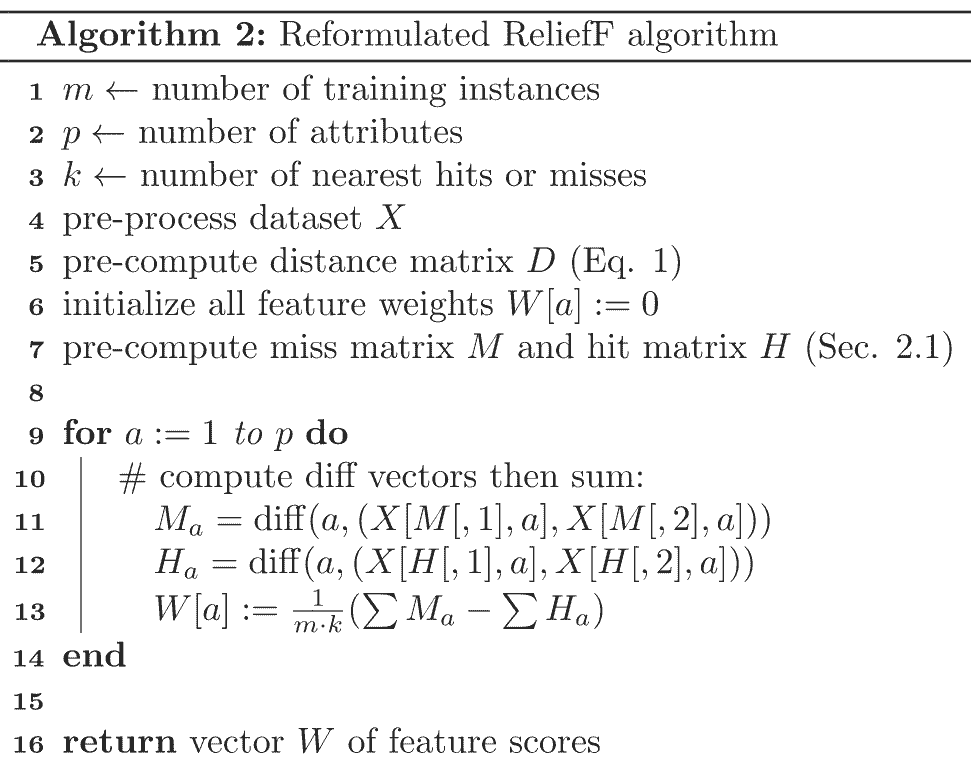Feature selection, Relief and STIR with Trang Lê (#26)
October 27, 2018
Relief is a statistical method to perform feature selection. It could be used, for instance, to find genomic loci that correlate with a trait or genes whose expression correlate with a condition. Relief can also be made sensitive to interaction effects (known in genetics as epistasis).
In this episode, Trang Lê joins me to talk about Relief and her version of Relief called STIR (STatistical Inference Relief). While traditional Relief algorithms could only rank features and needed a user-supplied threshold to decide which features to select, Trang’s reformulation of Relief allowed her to compute p-values and make the selection process less arbitrary.

Links:
- Paper: STatistical Inference Relief (STIR) feature selection
- STIR on GitHub
- Relief on Wikipedia
- The original Relief paper by Kira and Rendell (1992)
- Epistasis: what it means, what it doesn’t mean, and statistical methods to detect it in humans
Music: Eric Skiff — Come and Find Me (modified, licensed under CC BY 4.0).
Subscribe to the bioinformatics chat on Apple Podcasts, Pocket Casts, Spotify, or any other podcasting app via the RSS feed link. You can also follow the podcast on Mastodon and Twitter and support it on Patreon.
